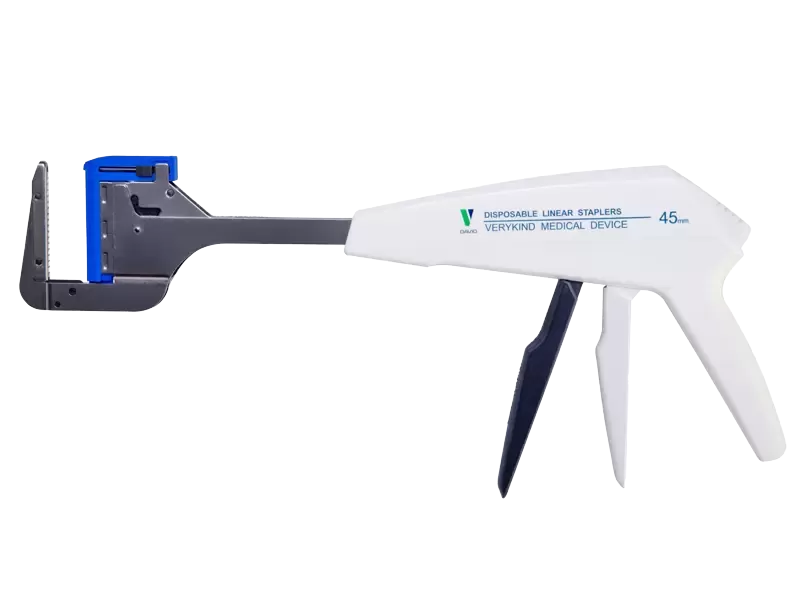When it comes to driving larger vehicles, many individuals find themselves asking, What is the biggest van I can drive without a Commercial Driver's License (CDL)? This question is particularly relevant for business owners, fleet managers, and individuals looking to transport goods or passengers without the burden of obtaining a specialized license. In this article, we will explore the regulations surrounding CDL requirements, the types of vans available, and practical considerations for those looking to maximize their driving capabilities without a CDL.
Understanding CDL Requirements
A Commercial Driver's License (CDL) is required for operating vehicles that meet specific weight and passenger criteria. The Federal Motor Carrier Safety Administration (FMCSA) outlines these requirements, which vary by state. Generally, a CDL is necessary for:
- Vehicles over 26,001 pounds: This includes trucks and buses that exceed this weight threshold.
- Vehicles designed to transport 16 or more passengers: This includes the driver, making it essential for larger vans used in passenger transport.
- Vehicles carrying hazardous materials: If your van is used to transport materials classified as hazardous, a CDL is mandatory.
The Largest Van You Can Drive Without a CDL
For most states, the largest van you can drive without a CDL is one that weighs less than 26,001 pounds and is designed to carry fewer than 16 passengers. This typically includes:
- Full-Size Vans: Models like the Ford Transit, Ram ProMaster, and Chevrolet Express can be configured to carry cargo or passengers while remaining under the weight limit. These vans often have a Gross Vehicle Weight Rating (GVWR) of around 8,500 to 10,000 pounds, making them suitable for non-CDL drivers.
- Cargo Vans: Cargo vans are designed primarily for transporting goods. They usually have a GVWR that allows them to be driven without a CDL, provided they do not exceed the weight limit.
- Passenger Vans: Passenger vans, such as the Ford Transit Wagon or the Mercedes-Benz Metris, can typically accommodate up to 15 passengers while remaining under the CDL weight limit. However, it's crucial to check the specific model's GVWR to ensure compliance.
Practical Considerations for Non-CDL Drivers
While understanding the regulations is essential, there are several practical considerations to keep in mind when selecting and operating a van without a CDL:
- Weight Distribution: Ensure that the load is evenly distributed within the van to maintain stability and control. Overloading or uneven loading can lead to accidents, especially when navigating turns or sudden stops.
- Insurance Requirements: Verify that your insurance policy covers the specific type of van you plan to drive. Some insurers may have restrictions based on vehicle size and weight.
- State Regulations: Always check your local and state regulations, as they can vary significantly. Some states may have additional requirements or restrictions for non-CDL drivers.
- Driver Training: Even if a CDL is not required, consider undergoing training or obtaining a certification for driving larger vehicles. This can enhance your skills and safety awareness, reducing the risk of accidents.
- Maintenance and Safety Checks: Regular maintenance and safety checks are crucial for any vehicle, especially larger vans. Ensure that brakes, tires, and lights are in optimal condition before hitting the road.
Conclusion
In summary, the largest van you can drive without a CDL typically weighs less than 26,001 pounds and is designed to carry fewer than 16 passengers. Full-size cargo and passenger vans are excellent options for those looking to operate larger vehicles without the complexities of obtaining a CDL. By understanding the regulations, considering practical aspects, and prioritizing safety, you can confidently navigate the roads with your van, whether for personal use or business purposes. Always stay informed about local laws and best practices to ensure a safe and compliant driving experience.


Average Rating